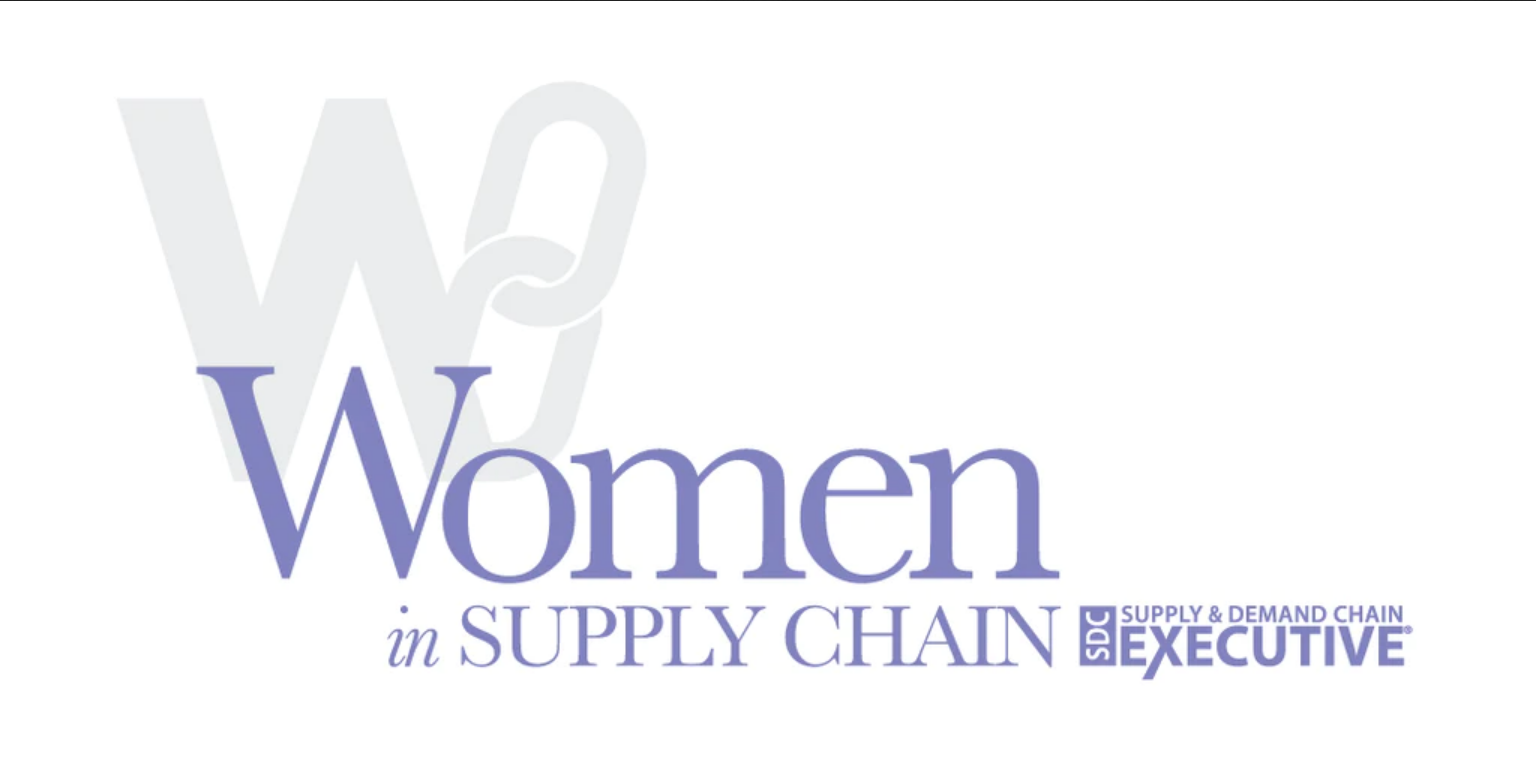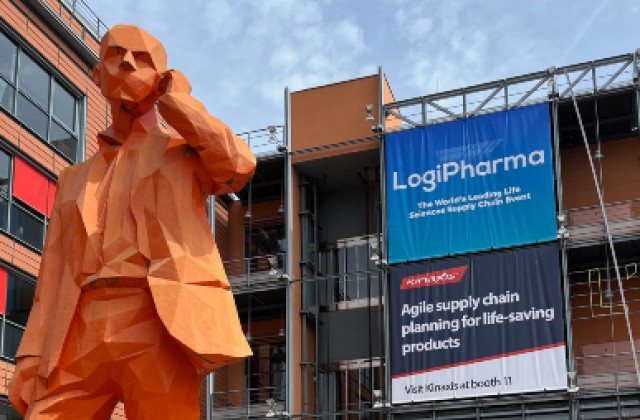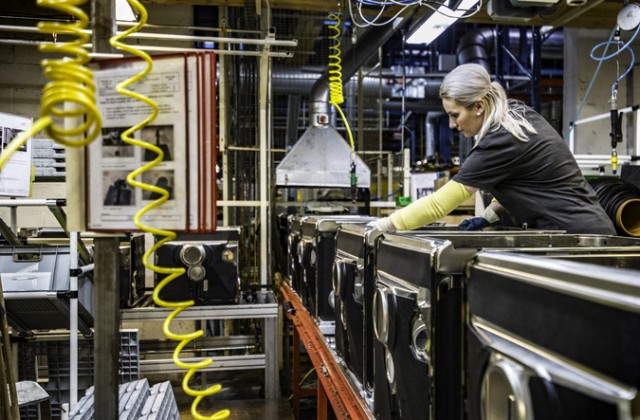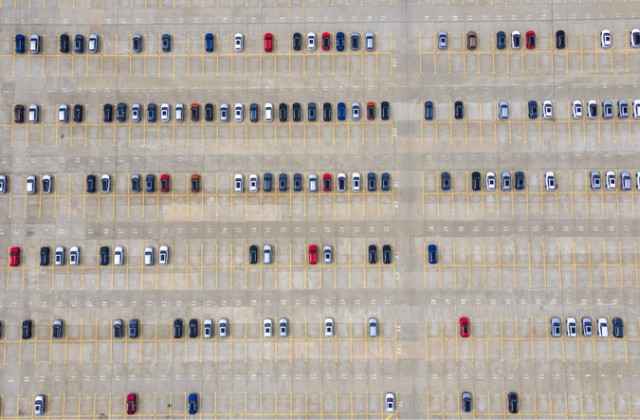 Supply and Demand Chain Executive recently announced its second annual list of Women in Supply Chain. On this year’s list is Michelle Shi-Verdaasdonk, the Global Manufacturing and Procurement Director at Dyson. I had the opportunity to sit down and chat with Michelle about her career, what it means to be a woman in supply chain and how she and her team are facing the challenges of the industry today.
Supply and Demand Chain Executive recently announced its second annual list of Women in Supply Chain. On this year’s list is Michelle Shi-Verdaasdonk, the Global Manufacturing and Procurement Director at Dyson. I had the opportunity to sit down and chat with Michelle about her career, what it means to be a woman in supply chain and how she and her team are facing the challenges of the industry today.
On the landscape of working in supply chain today
“It seems as though anything that could have gone wrong in supply chain over the last eighteen months has happened. The pandemic has brought various restrictions, which has resulted in the actual shortage of some components and labor shortages. The changes in demand and shopping habits has brought a shortage of containers, and who would have ever thought that even the Suez Canal could be blocked?”
“From the customer perspective the most apparent challenge would be having the availability of any product at the moment. Admittedly, if a vacuum cleaner or hair dryer isn’t available, it’s not the end of the world or a life-or-death matter, like in the case for vaccine supply chains. But people are also becoming more aware of the cleanliness in their homes, more specifically, detecting dust with our vacuum cleaners and cleaning the air with our air purifiers. It does put the accountability on our team to make sure that these products are available.”
“An element that I think about every day is how every company is managing the safety of their people. Not only do I have the planning side but also the manufacturing part of it. There are tens of thousands of people in that supply chain, and we are ensuring we are keeping everyone safe. Managing the expectations between output and people’s safety has been one of the toughest decisions we’ve had to make in the last 18 months. The vaccination rates have gone up for many, but much of the supply base is located in parts of the world that aren’t up to the same pace. Keeping everyone’s health a priority has been a challenge that is testing everyone’s resilience.”
What she’s looking to accomplish in the industry
“There are two key things I’m focused on from a larger perspective. First, I feel privileged to have grown in my career and to have held roles in many points of the value chain, from starting in engineering to where I am now in a supply chain function. My understanding of the whole landscape has allowed me to better collaborate with my partners across the value chain, which has poised us to best deliver to customers. When we talk about supply chain it’s not just manufacturing, procurement and logistics. It has to start with the customer value proposition then come down through the supply chain. But one key challenge that the world is facing now, that is providing us with a unique opportunity to address this lack of collaboration, is sustainability. Everybody wants to be sustainable, but if you want to have a sustainable supply chain, you have to start from the beginning – all the way from product design to last mile logistics. The sustainability initiative provides a quite tangible opportunity for people who have always been in engineering or product development or supply chain to see how the whole value chain works together.”
“Second, a lot of time supply chain people get pigeonholed into supply chain careers. A lot of people maybe start in manufacturing and logistics and land in supply chain and spend the rest of their career in that area. But the value chain career path can flow both ways and the exposure and knowledge can inform other roles within the chain and I feel that is an invaluable resource as we develop our next generation of talent.”
On her commitment to the customer
“With all the supply chain challenges in the last 18 months, making sure that product availability is visible is critical to best serve customers. You would expect any leading company to have the best systems to manage their business, but when everything starts to become a deviation from the normal processes and how they would run, it tests a company’s ability to adapt quickly and accommodate these deviations. In order to weather the trying times, it’s so important to ensure that all systems are able to be adaptable and that the teams are actually using the systems before other factors come into play that are going to make things more complicated. It may seem easy in trying times to throw everything out the window and go back to Excel, but the more successful organizations instead look to enhance their usage of these systems during trying times. I do find during crisis a lot of the strategic initiatives we’ve always had on the roadmap get accelerated - it not only helps us get through the short-term, but it helps us with the long-term initiatives that we’ve always wanted to do. But it cannot be stressed enough that you must support the teams behind you. Everyone’s environment, personal life and social life has been turned upside down in the last 18 months while at the same time you’re telling them to make all of these long-term changes and to accelerate. So, the focus on these systems and change management strategies is a key piece of how you actually motivate, energize and empower your teams to have them rally behind the cause.”
Congratulations to Michelle for her recognition from Supply and Demand Chain Executive and to all of this year’s Women in Supply Chain winners. To learn more about the awards and see the full list of winners visit the Women in Supply Chain page.





